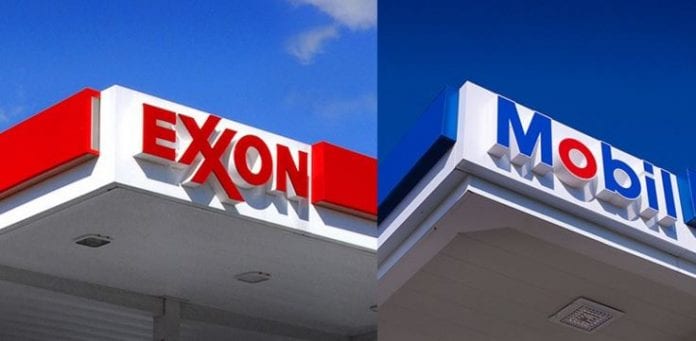Exxon Mobil Corporation (NYSE:XOM) failed to keep its perfect ‘AAA’ credit rating, which the company held for 86 years, since the Great Depression.
The Standard & Poor’s (S&P) Ratings Services downgraded Exxon Mobil’s credit rating to AA+ today citing the reason that its debt level increased over the past few years. The company’s cash flows have been negatively impacted by the continued decline of oil prices.
“We believe Exxon Mobil’s credit measures will be weak for our expectations for a ‘AAA’ rating due, in part, to low commodity prices, high reinvestment requirements, and large dividend payments,” according to the S&P.
Additionally, the S&P noted, “The company’s debt level has more than double in recent years, reflecting capital spending on major projects in a high commodity price environment and dividends and share repurchased that substantially exceeded internally generated cash flow.”
Since 2012, Exxon Mobil spent $54 billion on stock buybacks even its debt level was doubling. Over the past decade, the oil giant spent around $210 billion repurchasing its stocks.
Earlier this year, the company decided to reduce its stock buyback for the first time in 15 years, a clear demonstration that the declining oil prices is hurting its bottom line. Exxon Mobil decided to only buy back its stock to offset dilution as opposed to returning cash to shareholders. Last year, the company repurchased its shares worth $4 billion, the smallest amount since 2000.
Exxon Mobil will likely benefit from near-term production gains
The S&P noted that Exxon Mobil reduced its capital spending significantly, and indicated that the company will likely benefit from near-term production gains as major projects reach completion.
However, the credit ratings agency believes that the company will eventually require higher spending to maintain its production and reserves despite the positive impact of lower service costs and improved efficiency.
“As a result, we expect leverage to remain weaker than levels consistent with a ‘AAA’ rating, and we believe that lowering ratings to ‘AA+’ is appropriate. Furthermore, we believe the company may return cash to shareholders rather than building cash or reducing debt, limiting improvement in our projected credit measures when commodity prices improve,” according to the S&P.
The S&P forecasted that the company’s credit measures including free operating cash flow (FOCF) to debt and discretionary cash flow (DCF) to debt will remain below its expectations for the ‘AAA’ rating through 2018.









